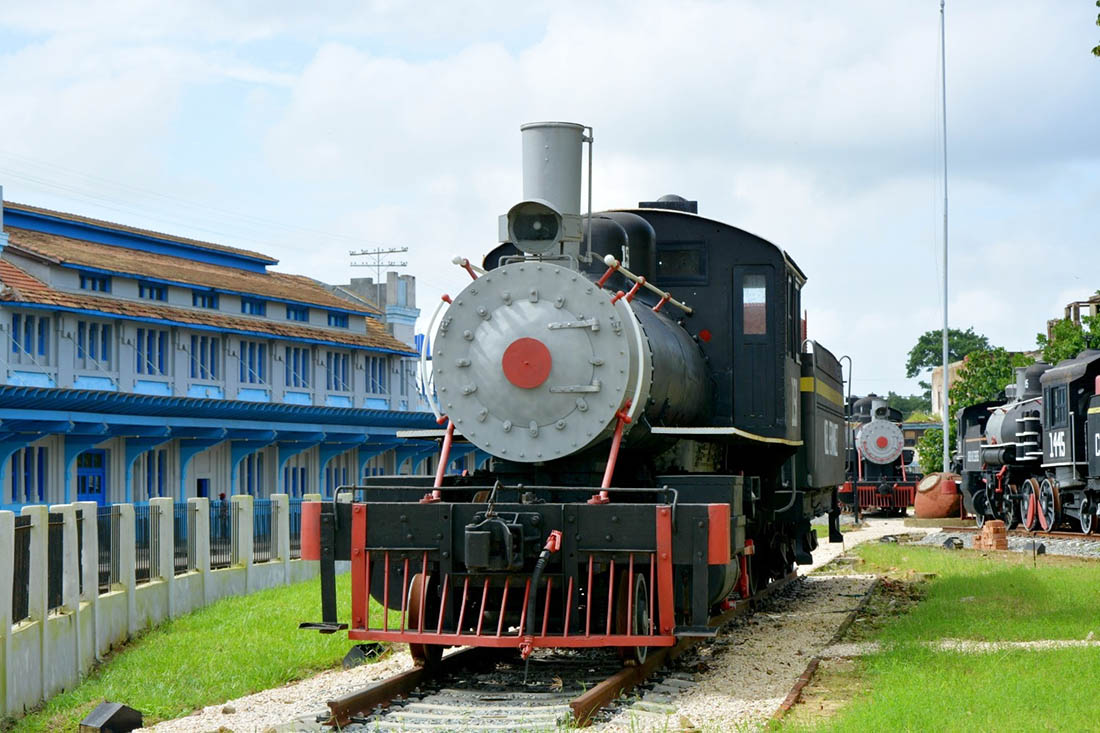When we talk about heritage, we usually refer to the architectural repertoires, the urban complexes or the natural wealth of certain places, or to places where historical events of great relevance occurred; but on few occasions we refer to industrial heritage, which is the set of movable and immovable property and sociability systems related to the culture of work, which have been generated by industrial activities.
“In our case there is an emblematic example: the industry associated with the railway. It is one of the most representative of industrial heritage, because it changed the city, it brought a model of architecture, a model of urbanism that can be exemplified with neighborhoods such as La Vigía and La Zambrana; It brought an industry in itself, sui generis, the railway city, the well-known Garrido workshops -among the largest in Latin America at the time.
“In addition, it left an important documentary heritage, for example, the Torch Magazine, of which several copies are preserved. It also brought from the Terminal Station of Camagüey to a group of stops where it is possible to palpate the footprint of the railway in a tangible way”, comments José Rodríguez Barreras, director of the Office of the Historian of Camagüey city.
An example that can be found throughout Cuba is the industrial heritage related to sugar production, and Camagüey is no exception. “No less important, because it is very valuable, is the Batey of the Jaronú Sugar Milll. I would say it is emblematic. Today it maintains hits mill, the current Brazil sugar mill, and the batey in good condition.
“I think these are the two best examples of the industrial repertoire of our province, which are subject to conservation and restoration processes that are the result of a different look at that heritage,” Rodríguez Barreras added.
Industrial heritage is the legacy of the main production activities carried out by the inhabitants of the different territories to advance the development of society and to be visible to all, although sometimes we are not able to perceive and value it to the fair extent, as a source of knowledge, identity and history.
Translated by: Aileen Álvarez García






